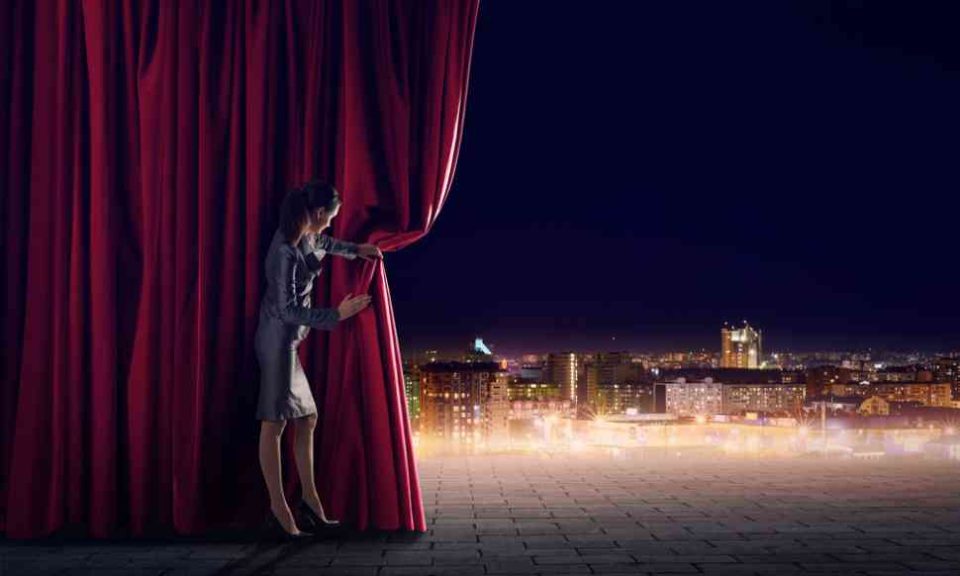The Magic World Of The Reality Shows And How They Work

As time goes by, people become increasingly addicted to screens. Filmmakers and producers on TV have all the secrets to keep the audience loyal and happy. Especially ever since the pandemic appeared, more and more people prefer to stay home and finally watch TV. The need for successful shows has turned producers into real talents, and people around the world watch reality shows like crazy.
Low budget
One of the most outbreaking concepts in the industry of reality shows is that producers will not have to put their hands deep in their pockets. The reason is that while in a movie, you have to pay actors to play a certain role, in reality shows, people will volunteer to participate to become famous. What many participants do not know right from the start is that the process of montage – which we will talk about later – will not take into consideration each player’s personality. However, producers will try to construct personalities to have a story to tell to the audience. In addition, reality shows last for a whole season, during which producers make money through ads that are being played on breaks. On the contrary, a movie lasts about two hours, and producing it often comes with financial risks.
The history of montage and how it works
Montage is the technique of selecting, editing, and piecing together separate sections of the film to form a continuous whole. The montage technique is based on the Soviet montage theory born in the late ’20s in the Soviet Union, today’s Russia. Right after the revolution of 1917 had started, a bright mind decided to do the following experiment. He took a picture of a guy looking at the camera and used it to show how our assumptions are based on the environment that embraces a particular fact. At first, he showed the picture of the man, followed by a picture of a dead girl, and presented them to a group of people. Then he showed the picture of the same man, and after this picture, he showed a picture of a bowl of soup to a different group of people. Finally, the same guy, followed by a picture of an attractive lady, was presented to the last group of people. After that, he asked each group to describe how the man felt. As he expected, group A said the man felt sad; group B said he felt hungry, and group C claimed he felt charmed.
Each picture was completely different from the previous one, and their content had nothing to do with each other; still, the man in the photo was the same. People were completely distracted by the pictures that followed the man’s photo and made conclusions on their own. The experiment proved that the viewers could make better sense of the interaction of two scenes in a movie rather than one scene alone. Filmmakers can use that to build their movies the way they want.
Coming to the present, this is a common practice in cinema, but it is more than apparent in reality shows. The camera focuses on a face’s expressions at a particular moment. Then they show these faces whenever they want after the montage process is completed. This is to create the desired assumptions in the viewers’ minds. So, it is safe to say that reality shows are many things, but surely they are not reality.
Different audiences or the same audience with different needs?
After the first reality shows came out, their success encouraged producers to move on with a variety of ideas. There are now shows about cooking, singing, unique talents, dancing, dating, surviving, etc. The idea here is that each person who turns on the TV is different, and perhaps they are not interested in a particular concept. The market provides a variety of options to satisfy different consumers. At the same time, the same audience has different needs. These needs will be satisfied by watching different shows. The same person who sees one reality show may stay on the screen for another hour to see the next reality show in a row. In other words, different needs of the same person can be satisfied by different reality shows.
Have you read?
Why Employers Should Grant More Flexibility to Increase Quality of Work by Joe Mull.
Becoming an Expert Trust Builder by Larry Jacobson.
How your money story impacts the way you treat your finances by Clare Wood.
The Human Factor: The Post Covid Era of Leadership & Employee Loyalty by Deepak Ohri.
THE ROLE OF MINDFULNESS AND HOW IT PREVENTS BURNOUT by Melo Calarco.
Bring the best of the CEOWORLD magazine's global journalism to audiences in the United States and around the world. - Add CEOWORLD magazine to your Google News feed.
Follow CEOWORLD magazine headlines on: Google News, LinkedIn, Twitter, and Facebook.
Copyright 2025 The CEOWORLD magazine. All rights reserved. This material (and any extract from it) must not be copied, redistributed or placed on any website, without CEOWORLD magazine' prior written consent. For media queries, please contact: info@ceoworld.biz








